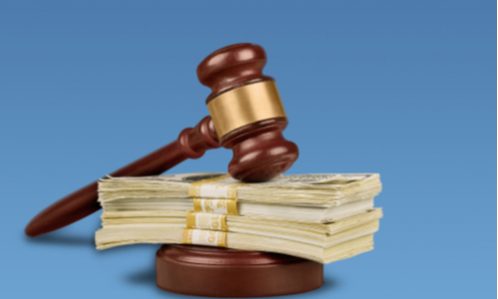The Legal Test And The Remedy Are Not Two Separate Steps; They Are Two Sides Of The Same Coin

By: Pablo Ibañez Colomo (Chilling Competition)
Following two of my latest posts – a though experiment on smartphones and cameras, and an update on Slovak Telekom[1]– some of you have contacted me about the central argument I develop in them.
My main point in both is that the remedy is not an afterthought that is irrelevant when establishing an infringement. The remedy – or, more precisely, what a finding of liability would entail – is central to determine whether there is a breach in the first place.
This statement is true as a matter of positive law – Van den Bergh Foods encapsulates the essence of the case law – and is also true from a normative standpoint – as the post on smartphones and cameras sought to explain.
The messages I have received following these posts are certainly sensible. How can the remedy determine the applicable legal test? Is it not getting the case backwards? Should we not establish an infringement first and then figure out the way to remedy it?
These questions, no doubt reasonable, are based on a fundamental assumption, which is that the finding of an infringement and a remedy are two separate steps, independent of one another.
I do not believe this assumption reflects the reality of the interaction between legal tests and remedies. More importantly, I do not believe the Court treats the infringement and the remedy as separate steps. They are rather two sides of the same coin…
Featured News
UK Antitrust Regulator Signals Flexibility in Merger Reviews to Boost Economic Growth
Nov 21, 2024 by
CPI
US Supreme Court Declines to Hear Appeal in Google Antitrust Records Dispute
Nov 21, 2024 by
CPI
Matt Gaetz Withdraws from Consideration for US Attorney General Amid Controversy
Nov 21, 2024 by
CPI
Morocco Fines US Pharma Firm Viatris Over Merger Notification Breach
Nov 21, 2024 by
CPI
FCC Chairwoman Rosenworcel Announces Resignation
Nov 21, 2024 by
CPI
Antitrust Mix by CPI
Antitrust Chronicle® – Remedies Revisited
Oct 30, 2024 by
CPI
Fixing the Fix: Updating Policy on Merger Remedies
Oct 30, 2024 by
CPI
Methodology Matters: The 2017 FTC Remedies Study
Oct 30, 2024 by
CPI
U.S. v. AT&T: Five Lessons for Vertical Merger Enforcement
Oct 30, 2024 by
CPI
The Search for Antitrust Remedies in Tech Leads Beyond Antitrust
Oct 30, 2024 by
CPI